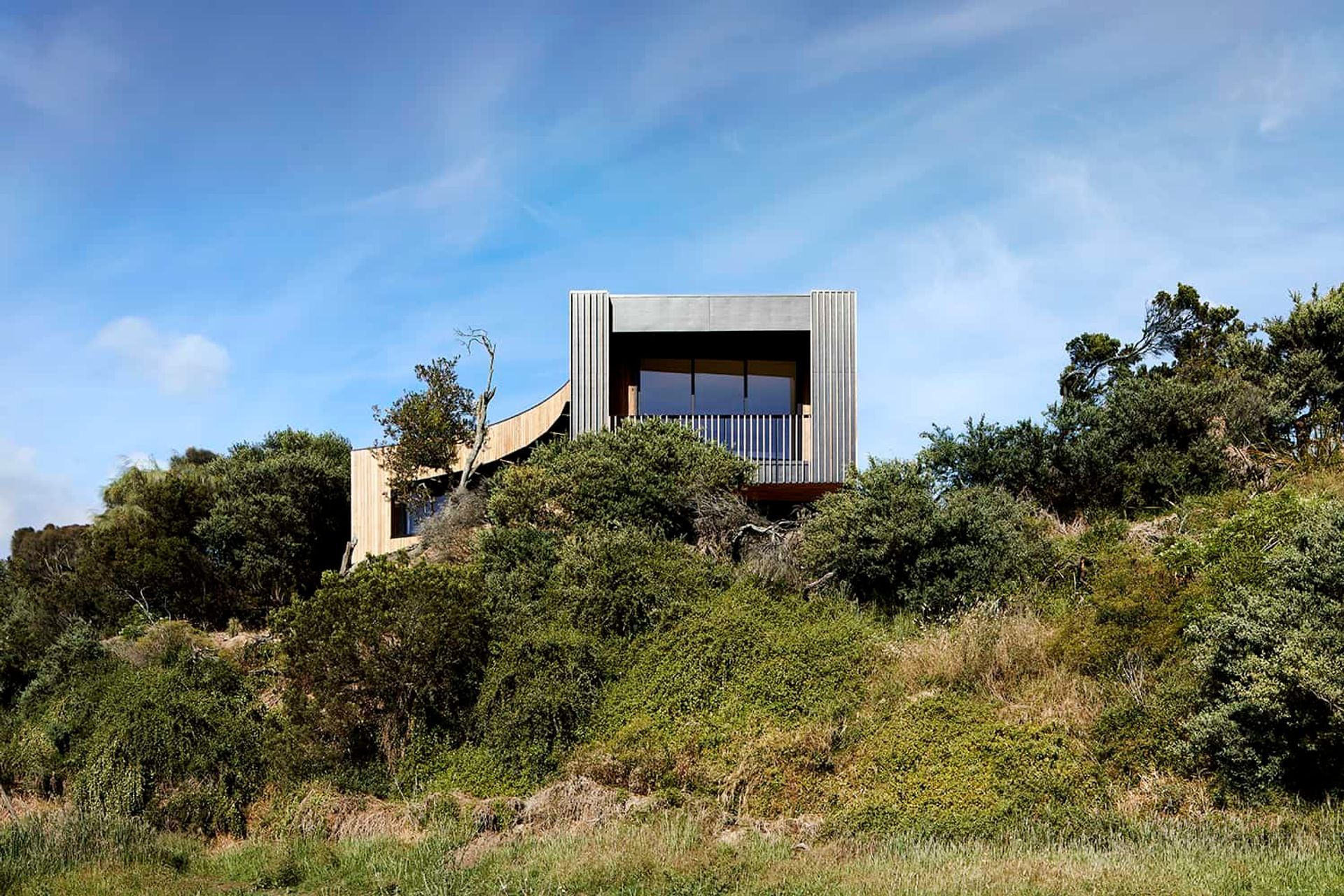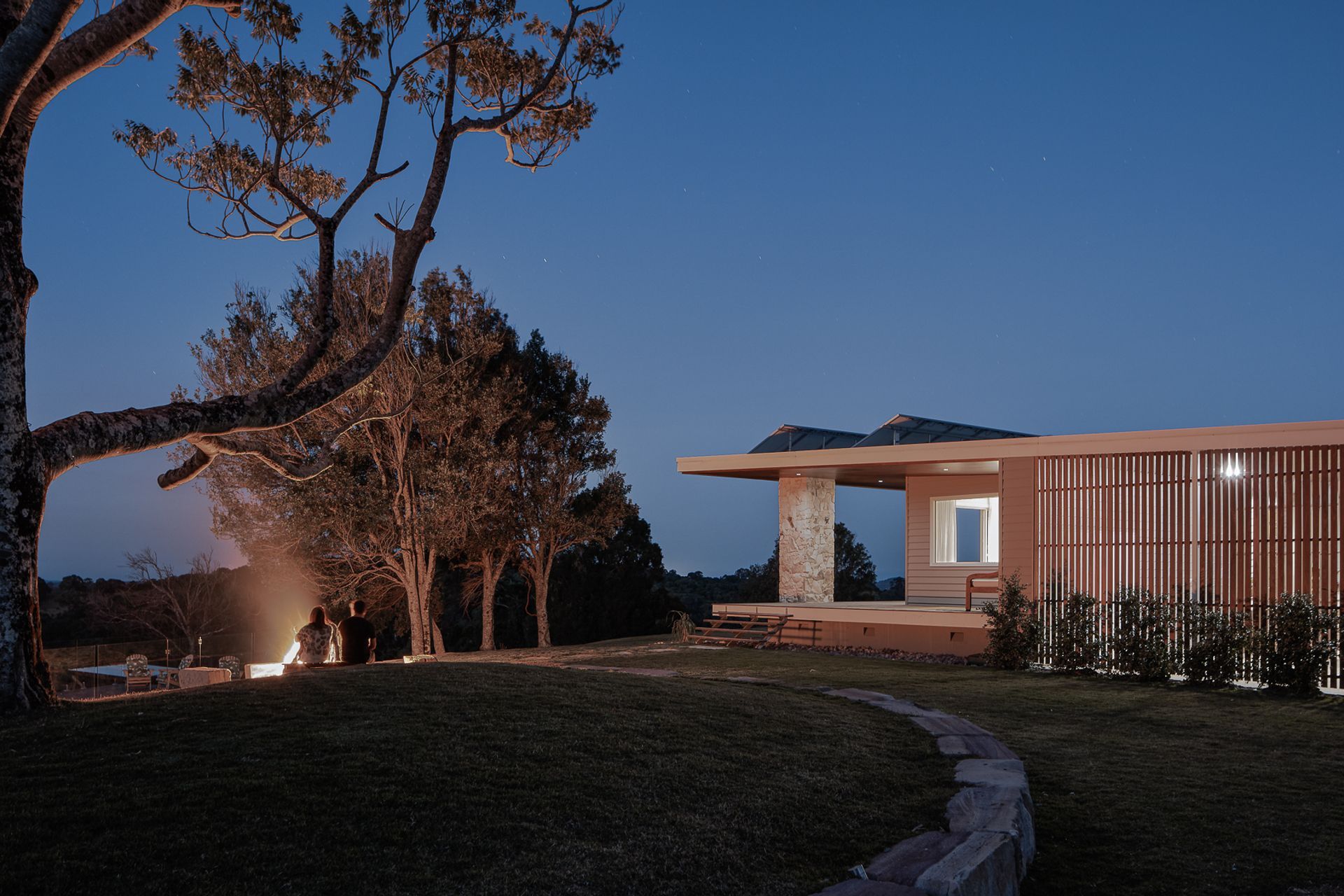Choose wisely: Research reveals where you live affects your quality of life
Written by
27 November 2022
•
4 min read

Few people would be surprised to learn that our home environment directly affects our health. After all, if the pandemic has taught us anything, it’s the value of a pleasant and functional home space with close access to amenities and green spaces.
However, recent research completed by both Australian and international organisations has revealed that where we live – from the suburb our house sits in, to the state we call home – greatly affects our cognitive abilities, life expectancy, and physical and mental health. The research has identified four key considerations that need to be addressed when choosing a plot for your forever home: access to green spaces and bodies of water, the socio-economic status of the suburb, the state in which you live, and the country.

Australian research
Research completed by the Australian Institute of Health and Welfare found that life expectancy in Australia varies by suburb and state. For example, people who live on Sydney’s north shore have the longest life expectancy of anyone in Australia, those in Victoria are expected to live longer than those in New South Wales in general, while Queenslanders are expected to outlive Tasmanians, and residents of the Northern Territory were found to have the shortest life expectancy in the country.
The study revealed that communities located in metropolitan areas had higher life expectancies than those in regional areas, and those in affluent suburbs had longer life expectancies due to lower levels of smoking, obesity, poor diet and lack of exercise. Despite this, a study by the Australian Unity Wellbeing Index found that those who live in rural and regional areas of Australia are happier, suggesting that perhaps quality versus quantity may be a worthwhile factor to consider.
Read now: Why the building industry needs to rethink its environmental impact

The value of blue and green zones
The value of having access to forests, lakes, coastlines and parks is well-documented across Australia, Europe and America. A study by Glasgow University found that living in green areas of open, undeveloped land with natural vegetation can lengthen your life as the environment is thought to lower blood pressure and stress levels while encouraging outdoor exercise.
Another study by the Harvard School of Public Health found that women who live in green areas are 34% less likely to die from a respiratory illness than those in paved-over areas and that women living in green areas are 13% less likely to die of cancer.
Further exploration into the topic by the Center for Research in Environmental Epidemiology found that spending time in parks, urban nature reserves, green streets and gardens can reduce the risk of mental health problems and heart disease, and improve cognitive function in both children and the elderly.
Meanwhile, blue spaces, such as rivers, lakes, beaches and other waterfront locations, have been linked to better mental health and a reduced risk of obesity and heart disease, according to research published in the International Journal of Hygiene and Environmental.
Read now: An efficient way to bring a touch of the outdoors into high-density areas

Life expectancy by country
The Centre for Health Trends and Forecasts at the University of Washington delved into the Global Burden of Disease data, which was collected between 1990 and 2017 from 195 countries on age-related diseases. The study found that where you live will affect how long your life is and at what age you start to feel the effects of age-related health issues.
The study found people aged the fastest in Papua New Guinea, as they face physical, mental and cognitive impairment equivalent to a 65-year-old from the age of 46. Residents of Switzerland age the slowest and don’t experience the health problems of a 65-year-old until they reach 76. Meanwhile, Australians don’t feel 65 years old until they're 73.6 years old.
Furthermore, when the National Institute of Aging in the USA supported research into ‘Blue Zone’ areas (destinations whose people enjoy exceptionally long lifespans) the top five were identified as Sardinia, Italy; Okinawa, Japan; Nicoya, Costa Rica; Loma Linda, California; and Ikaria, Greece, where diets consist of healthy fresh fruit and vegetables, their lifestyles are social and their environments boast both lush greenery and waterfront access.
Read now: Architects Declare: the architectural movement saving our planet

The research supports the theory that where you live can have a massive mental and physical impact on your health and wellbeing. As such, it's imperative that when choosing a block of land on which to build, or a forever home in which to set your family up in, you take the proximity of blue and green spaces into consideration, and evaluate city living versus bucolic surrounds.
Learn more about building the ideal home on ArchiPro.